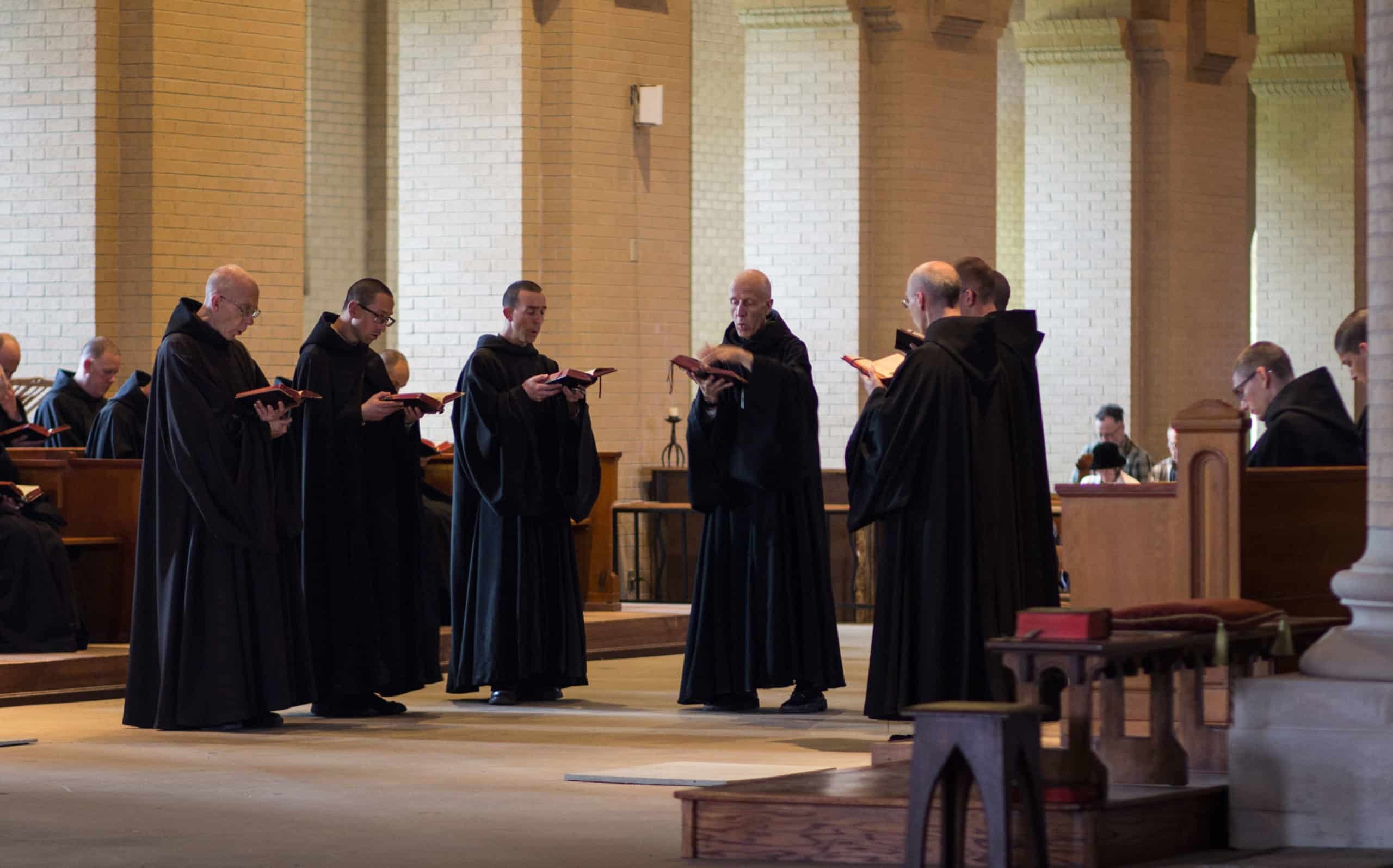
Gregorian chant is a form of plainchant that has been around for centuries. Originating in the medieval period, it is named after Pope Gregory I. This ancient music style is known for its monophonic, unaccompanied vocal music, which means it consists of a single melodic line without harmony or instrumental accompaniment. Gregorian chant played a crucial role in the development of Western music and is still performed in some religious settings today. Its unique sound and historical significance make it a fascinating subject for music enthusiasts and historians alike. Let's dive into 19 intriguing facts about Gregorian chant that highlight its importance and enduring legacy.
Key Takeaways:
- Gregorian chant is a form of plainchant used in the Roman Catholic Church, named after Pope Gregory I. It has a rich history and unique characteristics, such as being monophonic and sung a cappella.
- The chant's historical significance includes its role in unifying the liturgy and influencing the development of musical notation. It continues to influence modern music and culture, with its calming effect used in meditation and relaxation music.
What is Gregorian Chant?
Gregorian chant is a form of plainchant used in the Roman Catholic Church. Named after Pope Gregory I, it has a rich history and unique characteristics that set it apart from other musical forms.
- Gregorian chant originated in the 9th and 10th centuries.
- It was named after Pope Gregory I, who reigned from 590 to 604 AD.
- This chant is monophonic, meaning it consists of a single melodic line without harmony.
Characteristics of Gregorian Chant
Gregorian chant has distinct features that make it easily recognizable. These characteristics contribute to its solemn and meditative quality.
- It is sung a cappella, without instrumental accompaniment.
- The melodies are modal, based on eight different scales known as modes.
- The rhythm is free and not measured, giving it a flowing, speech-like quality.
Historical Significance
The historical context of Gregorian chant adds to its importance in both religious and musical history. It played a crucial role in the development of Western music.
- Gregorian chant was used to unify the liturgy across the Roman Catholic Church.
- It influenced the development of musical notation, leading to the creation of the four-line staff.
- The chants were initially passed down orally before being written down in the 9th century.
Types of Gregorian Chant
There are various types of Gregorian chant, each serving a different purpose within the liturgy. These types add to the richness and diversity of the chant repertoire.
- The Ordinary chants are sung at every Mass, including the Kyrie, Gloria, Credo, Sanctus, and Agnus Dei.
- Proper chants vary according to the liturgical calendar and include the Introit, Gradual, Alleluia, Offertory, and Communion.
- The Office chants are sung during the Divine Office, the daily cycle of prayers.
Performance Practice
The way Gregorian chant is performed can vary, but certain practices are commonly observed. These practices help maintain the chant's traditional sound and feel.
- Chant is typically sung by a choir of men or boys, though women’s choirs also perform it.
- The use of neumes, early musical notation symbols, guides the singers in pitch and rhythm.
- Chant is often performed in a call-and-response format, with a soloist singing a phrase and the choir responding.
Modern Influence
Though ancient, Gregorian chant continues to influence modern music and culture. Its timeless quality makes it relevant even today.
- Gregorian chant has been incorporated into contemporary classical compositions.
- It has influenced popular music, with artists sampling or mimicking its style.
- Chant is used in meditation and relaxation music due to its calming effect.
Fun Facts
Some interesting tidbits about Gregorian chant can add to our appreciation of this ancient art form. These facts highlight its unique aspects and enduring appeal.
- Gregorian chant has no fixed tempo, allowing for expressive freedom in performance.
And there you have it, a glimpse into the fascinating world of Gregorian chant.
The Timeless Beauty of Gregorian Chant
Gregorian chant has stood the test of time. Its melodic simplicity and spiritual depth continue to captivate listeners. Originating in the early Middle Ages, this form of plainchant has influenced Western music for centuries. The monophonic texture and free-flowing rhythm create a meditative atmosphere, perfect for reflection and worship.
Despite modern musical trends, Gregorian chant remains relevant. Its cultural significance and historical value make it a subject of study and admiration. Whether you're a music enthusiast or a history buff, there's something profoundly moving about these ancient melodies.
So next time you hear a Gregorian chant, take a moment to appreciate its rich heritage and timeless beauty. It's not just music; it's a window into the past, offering a glimpse of the spiritual life of medieval Europe.
Frequently Asked Questions
Was this page helpful?
Our commitment to delivering trustworthy and engaging content is at the heart of what we do. Each fact on our site is contributed by real users like you, bringing a wealth of diverse insights and information. To ensure the highest standards of accuracy and reliability, our dedicated editors meticulously review each submission. This process guarantees that the facts we share are not only fascinating but also credible. Trust in our commitment to quality and authenticity as you explore and learn with us.
